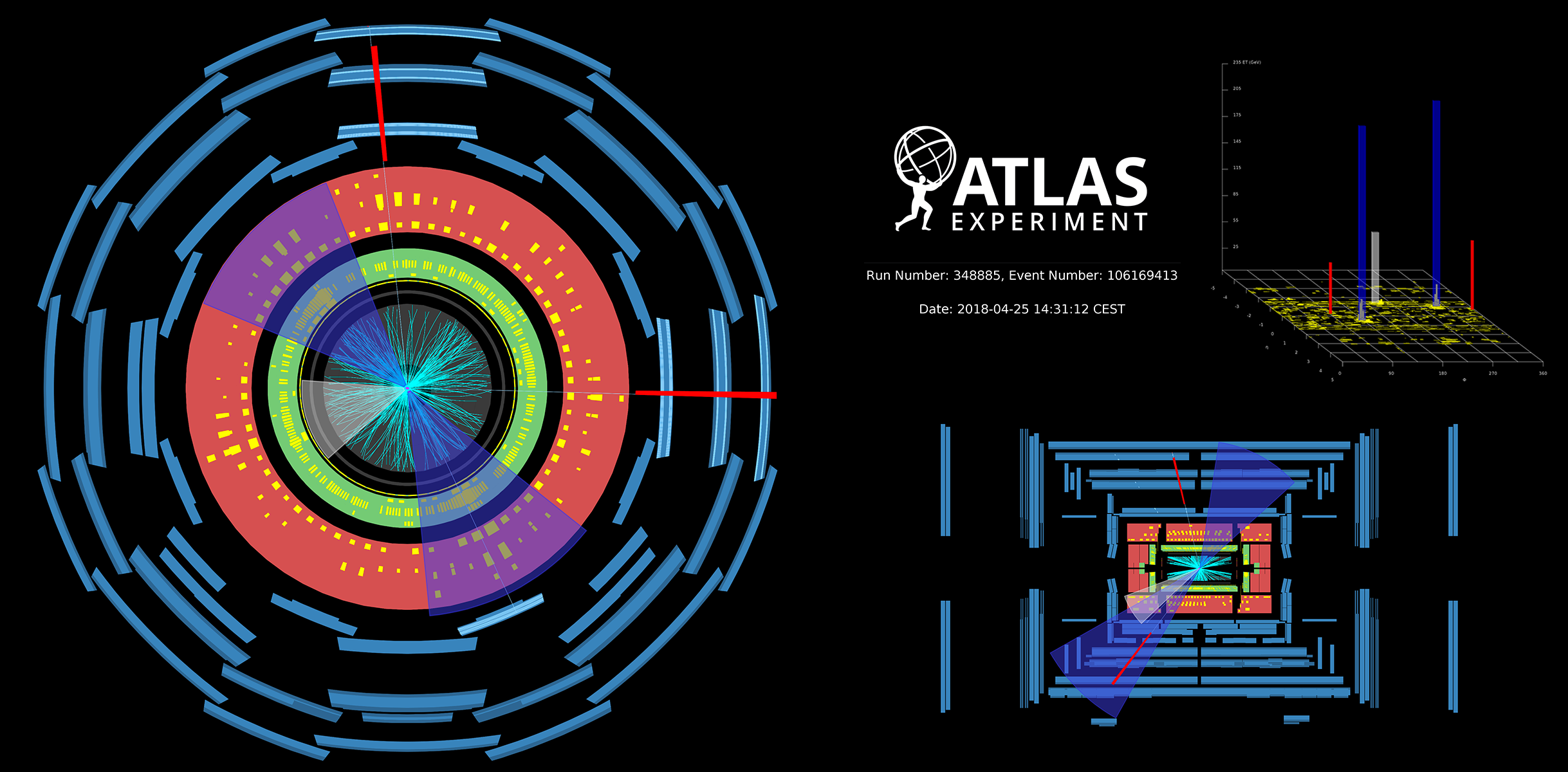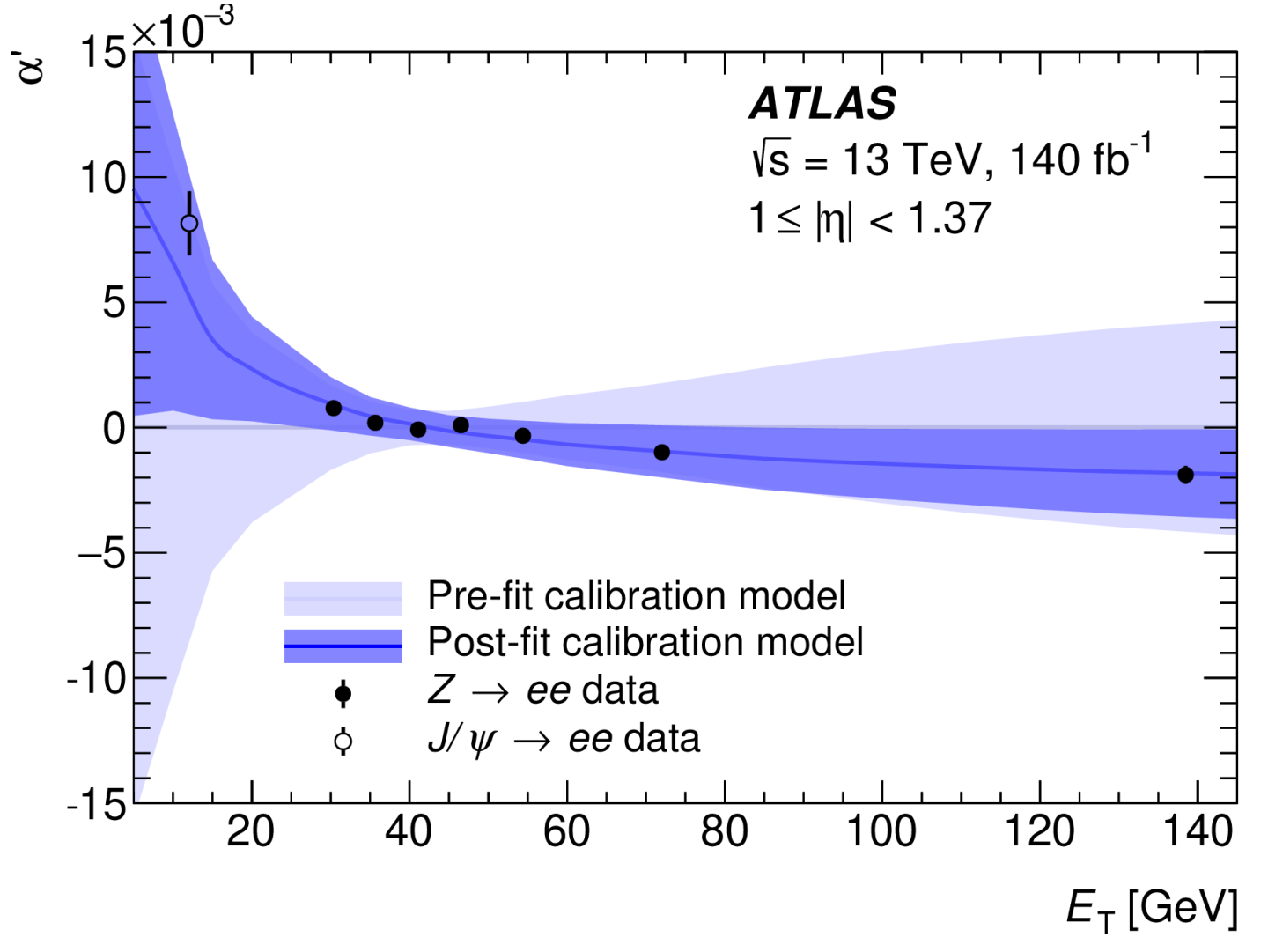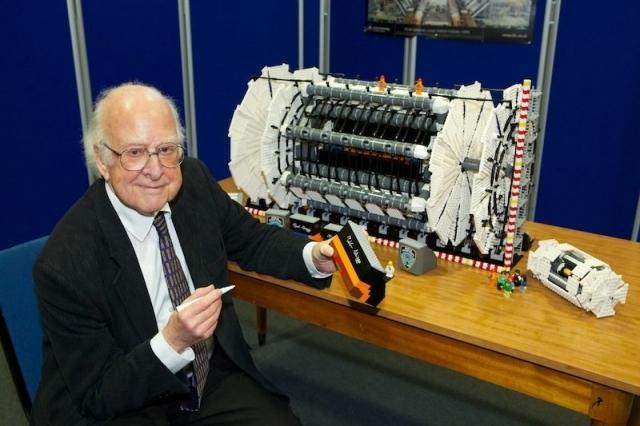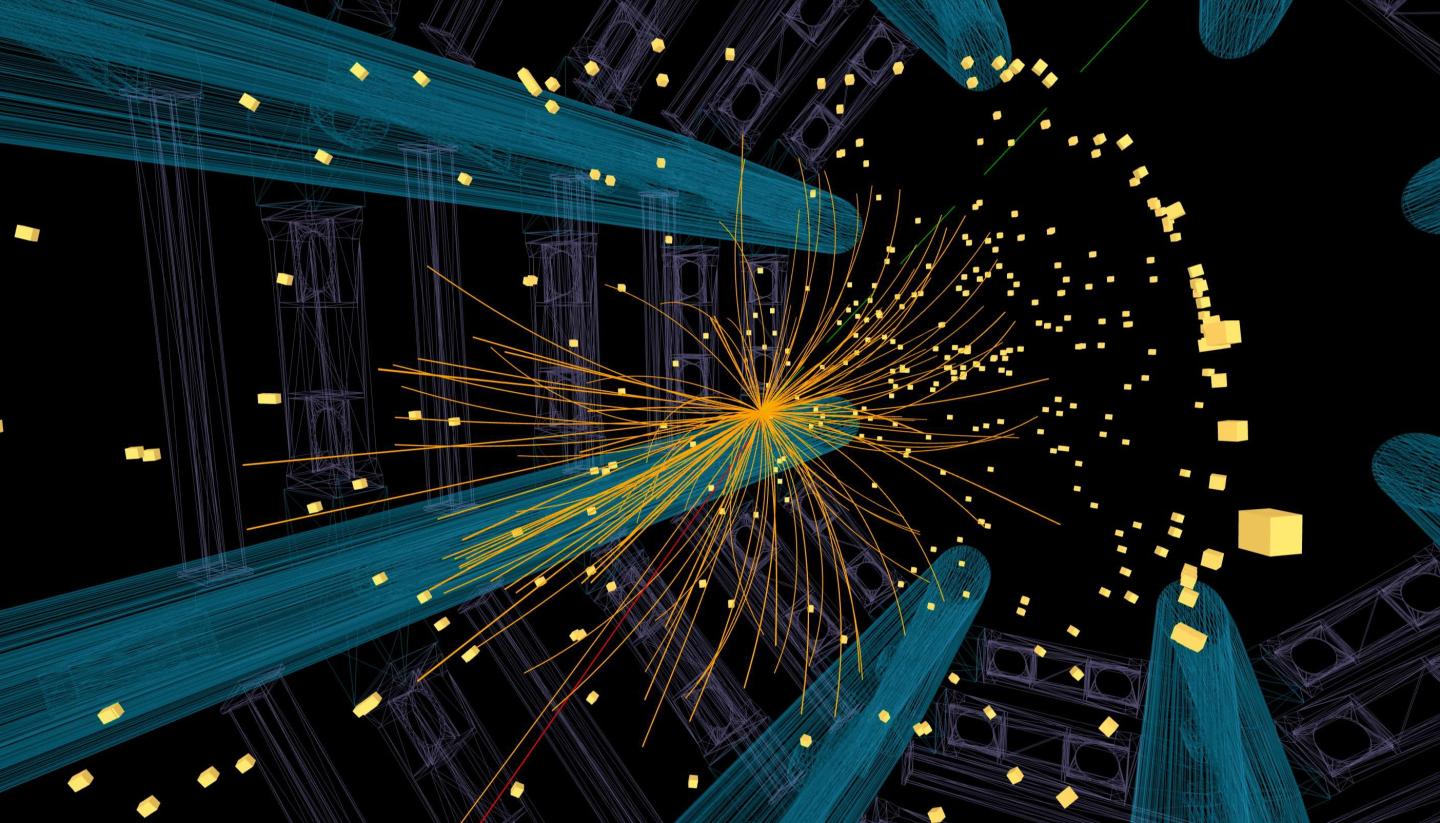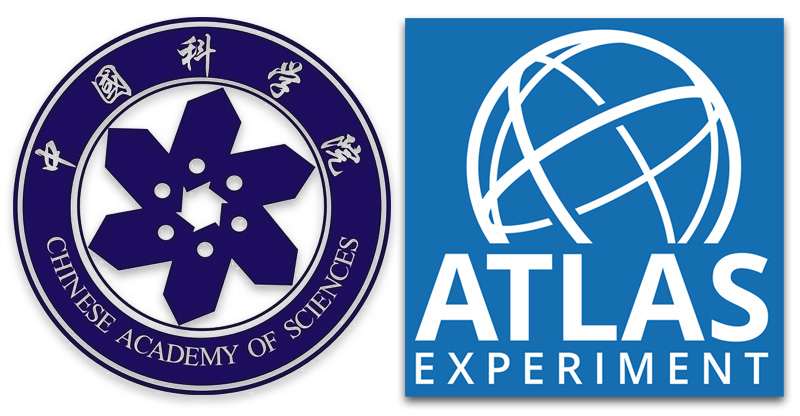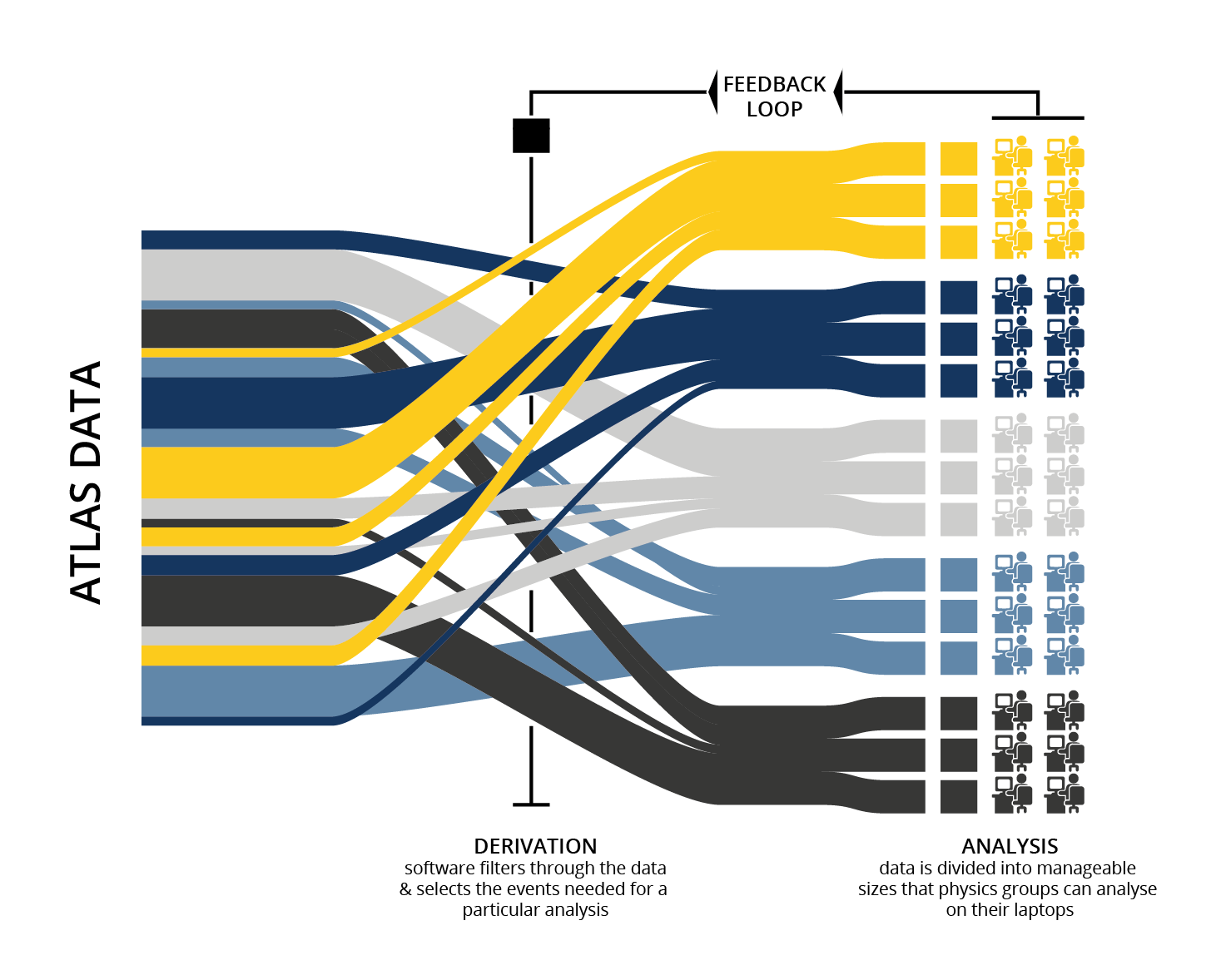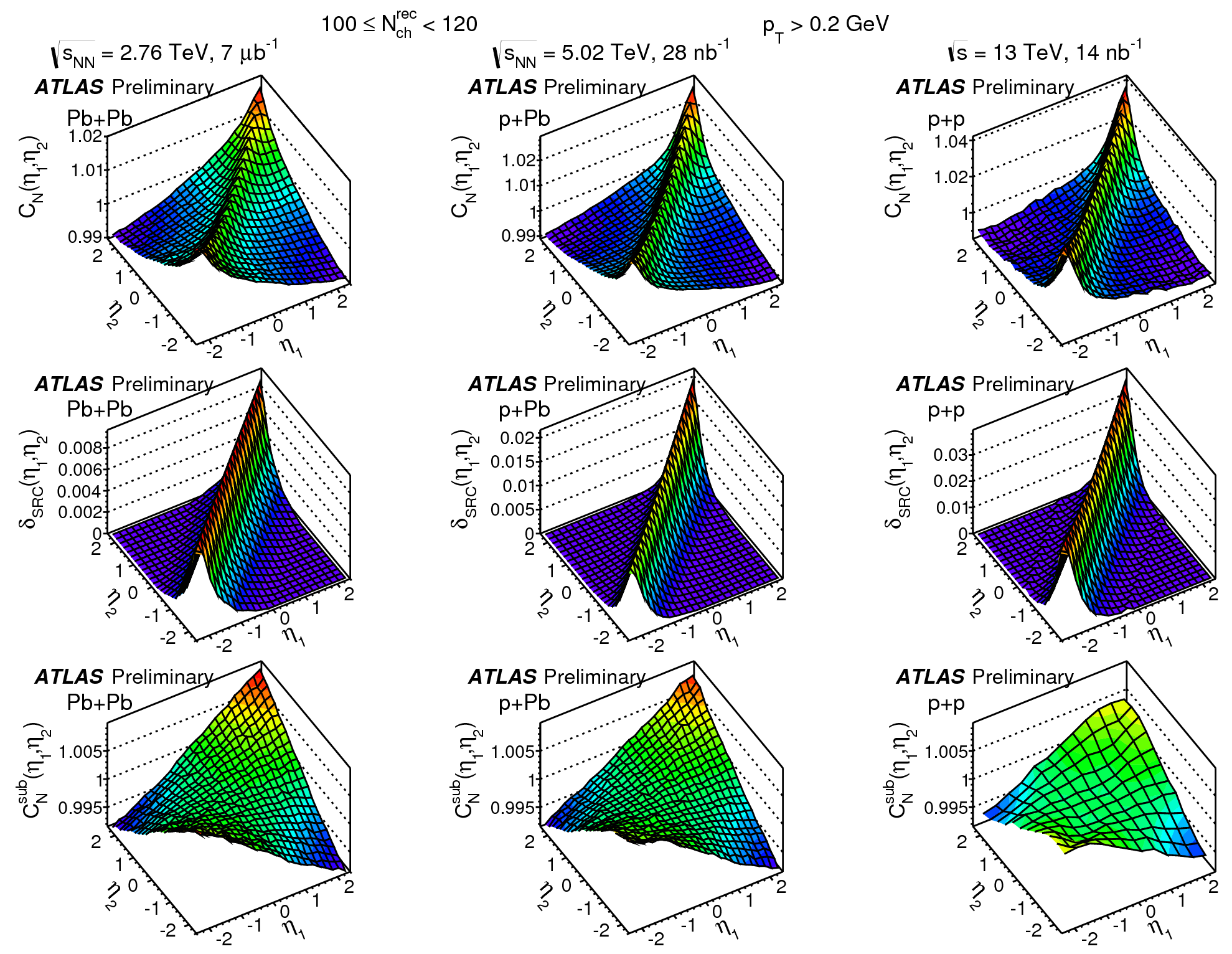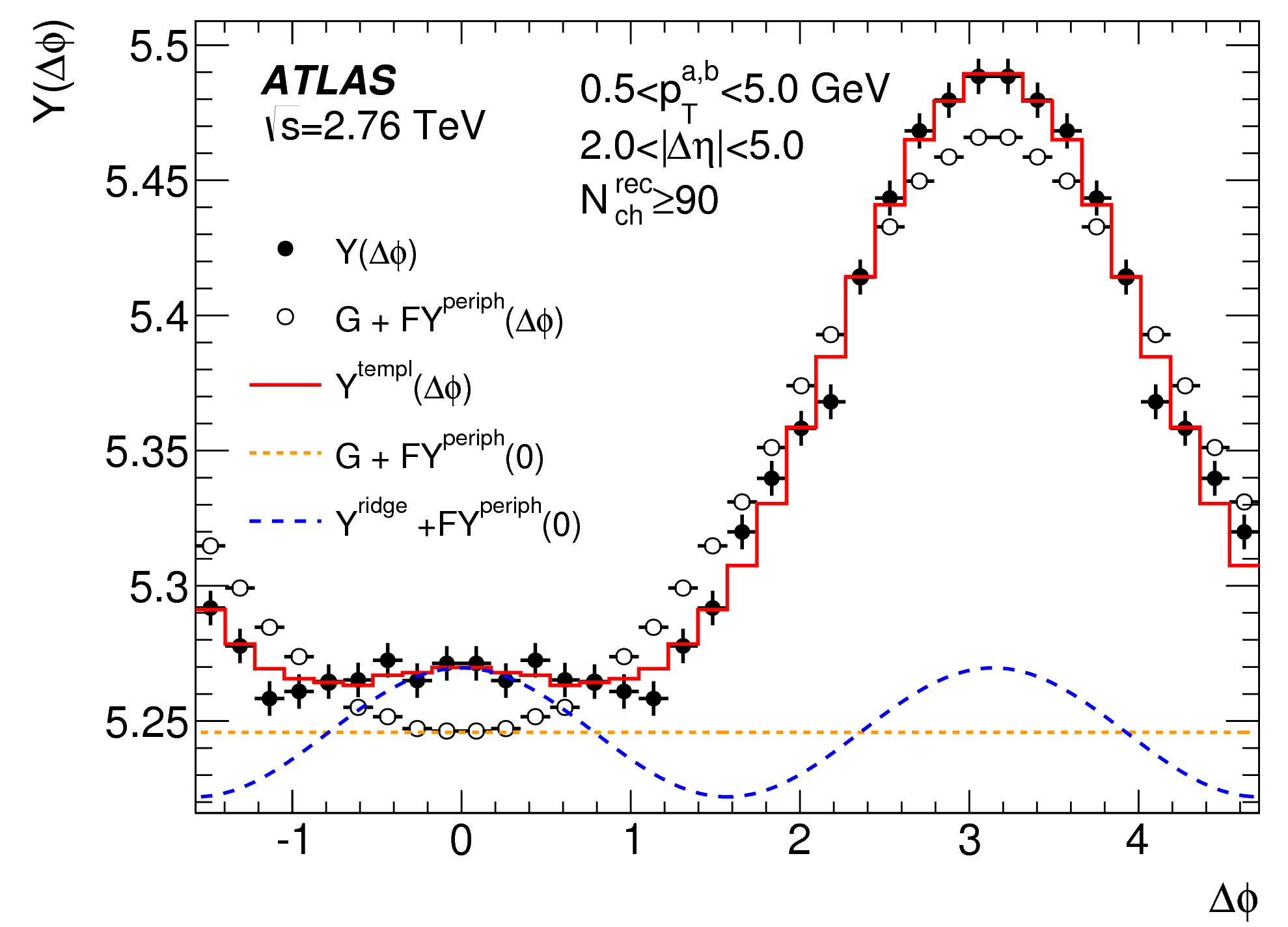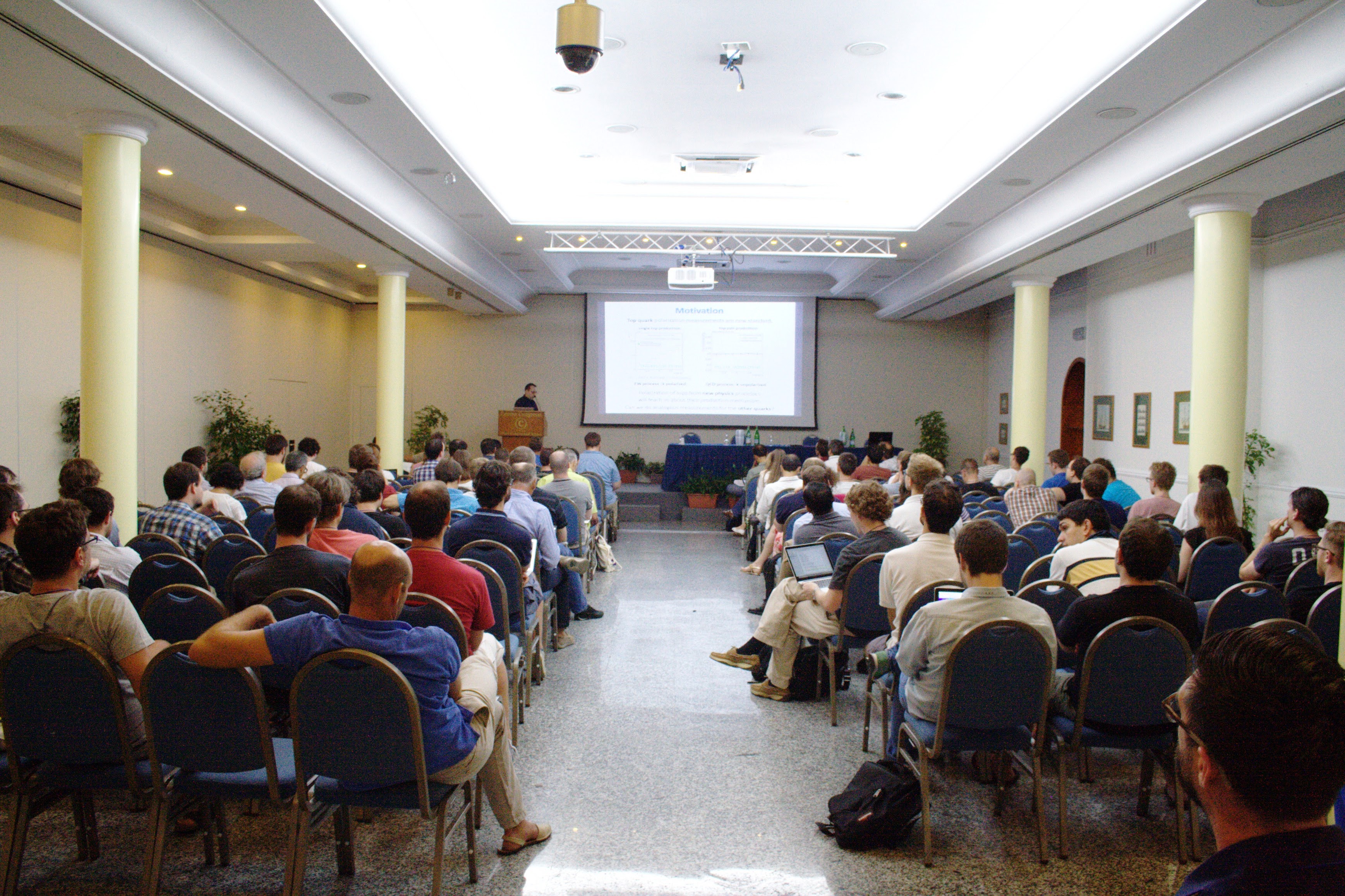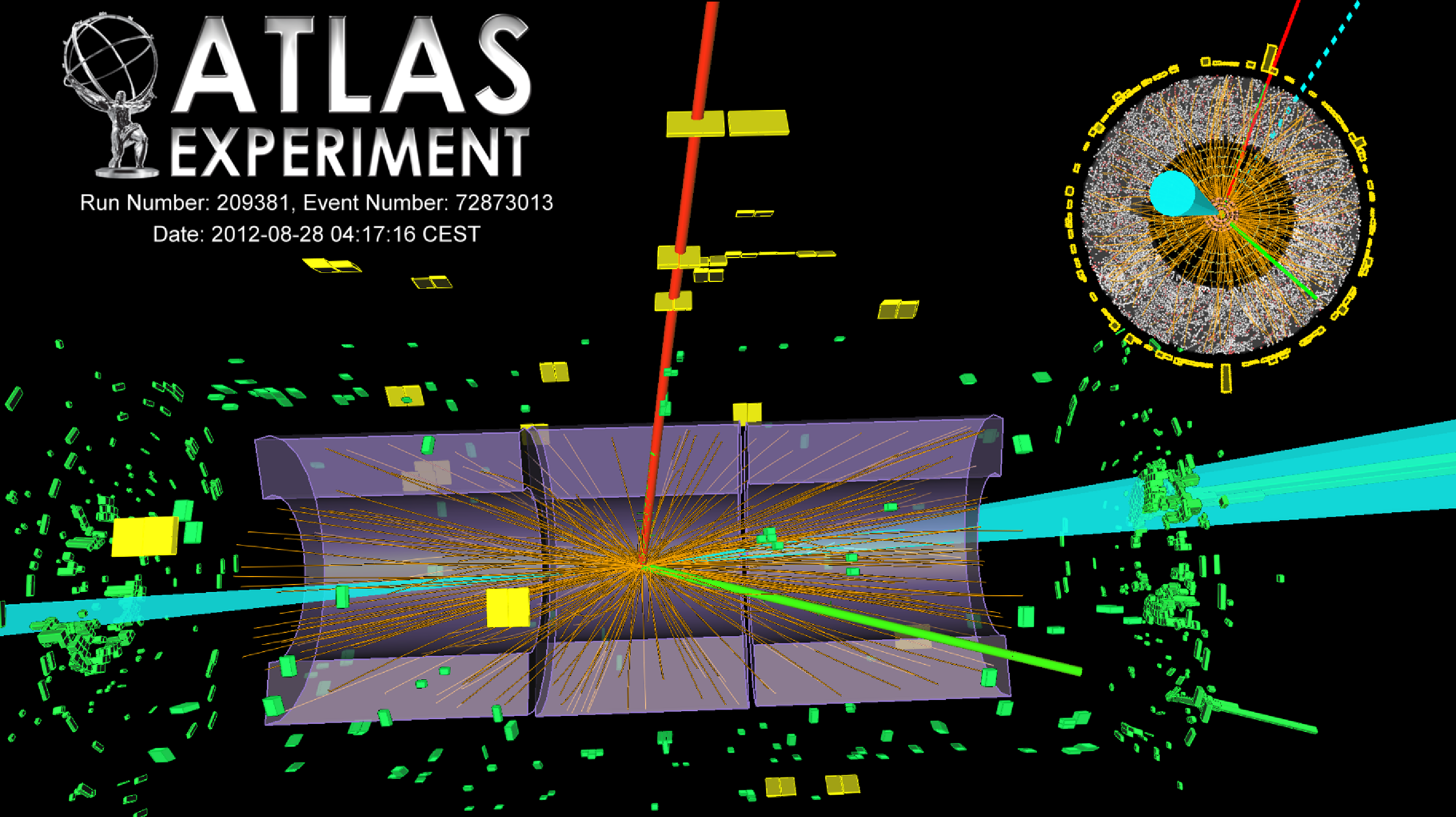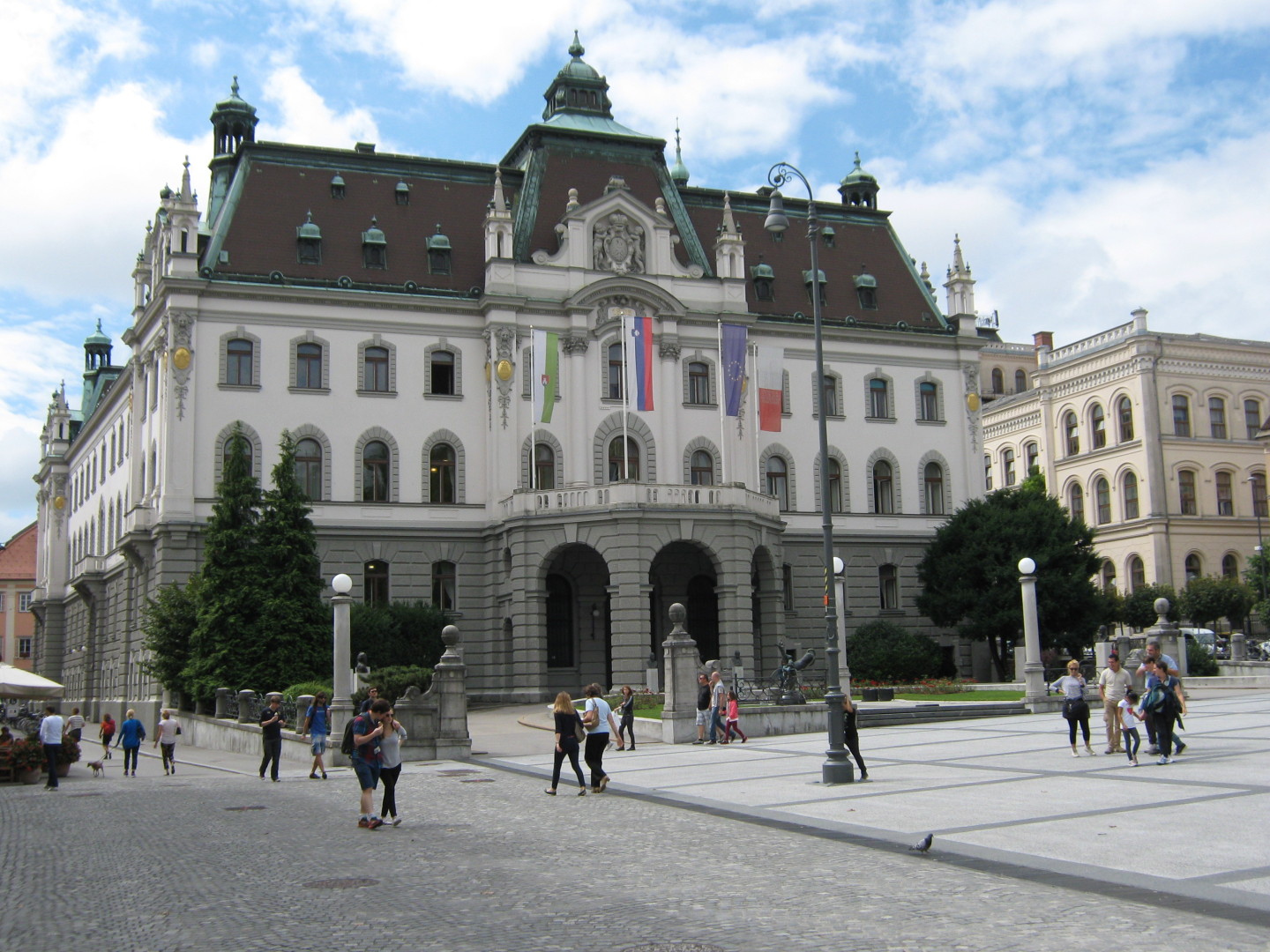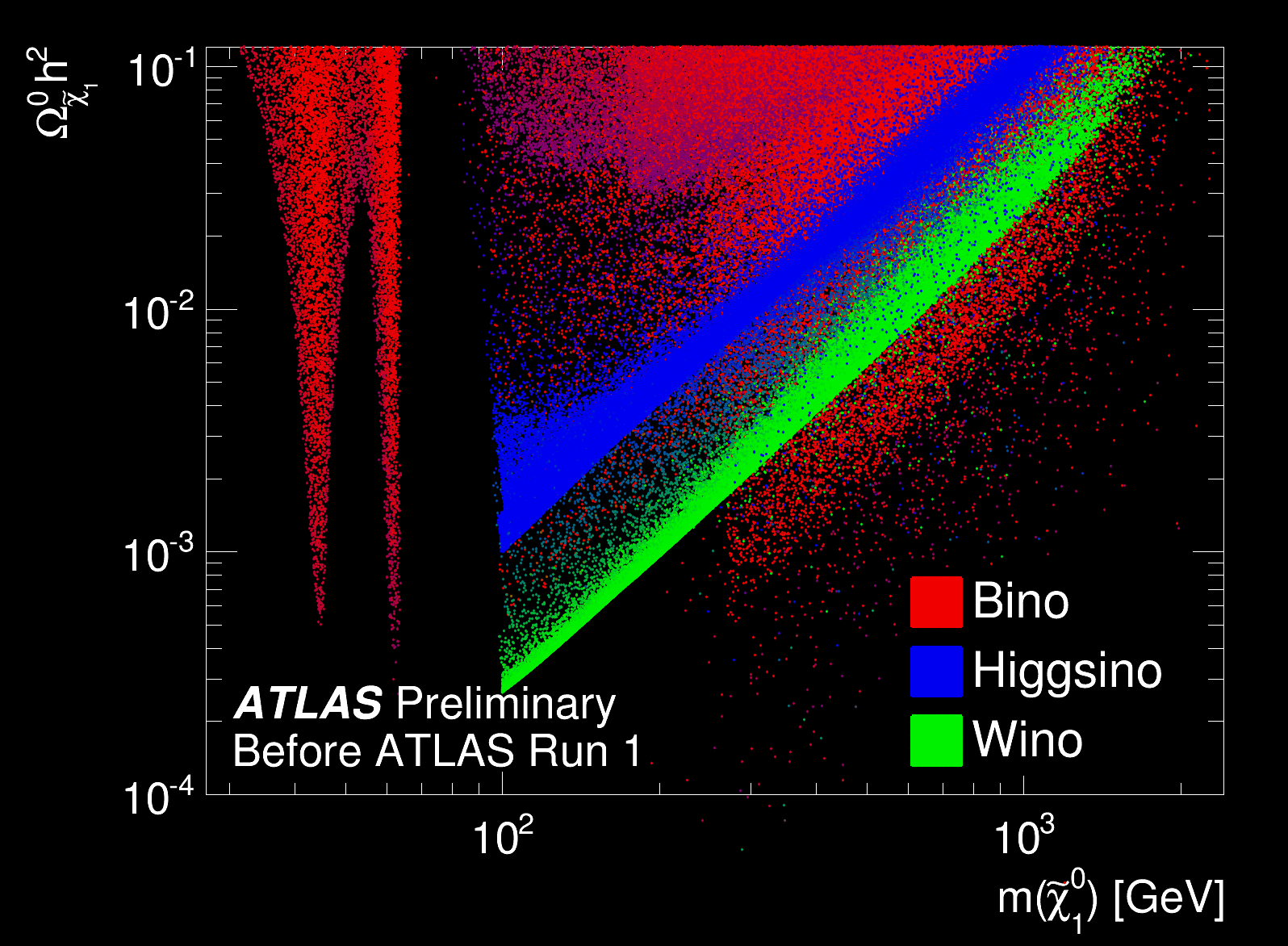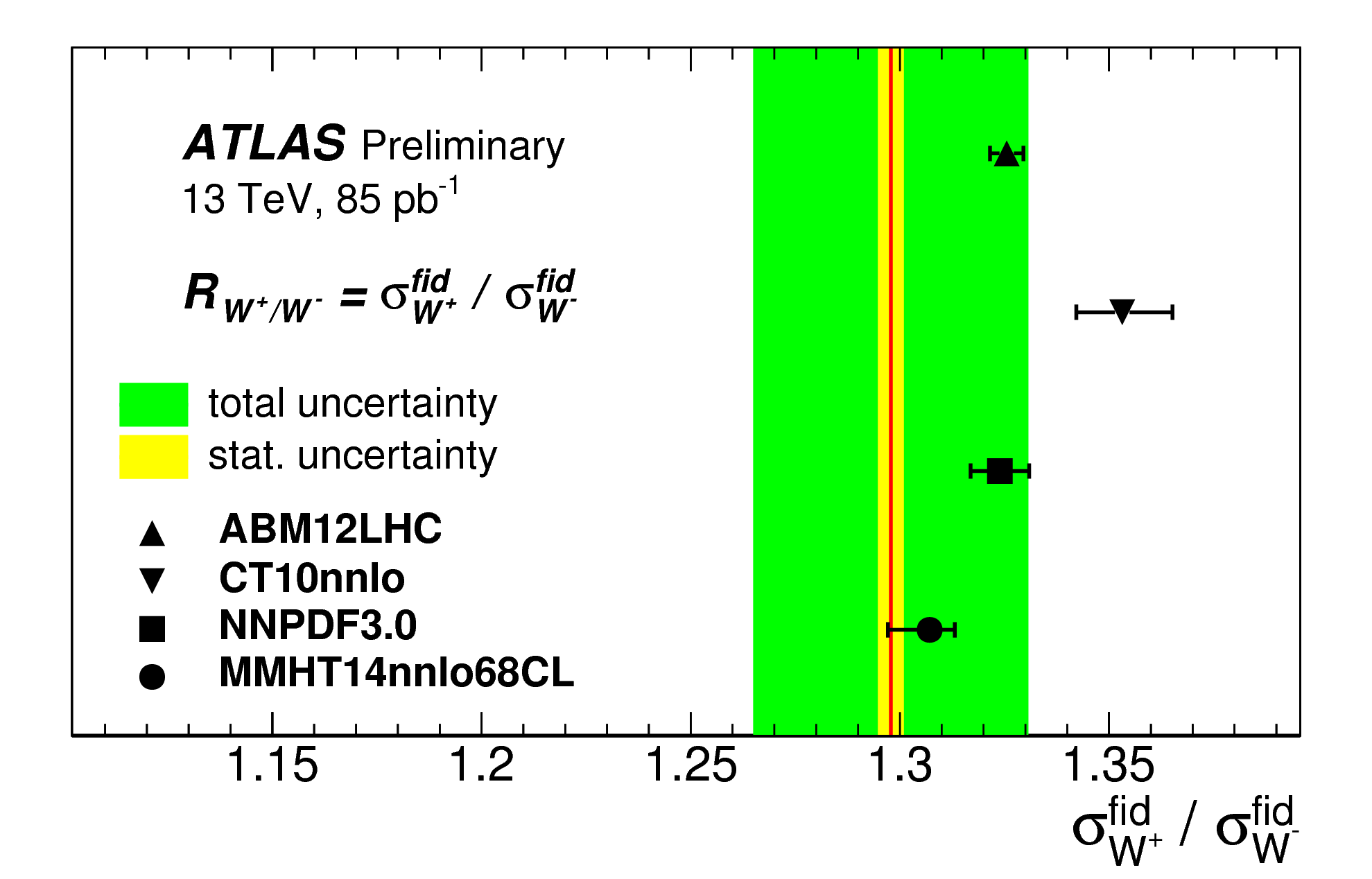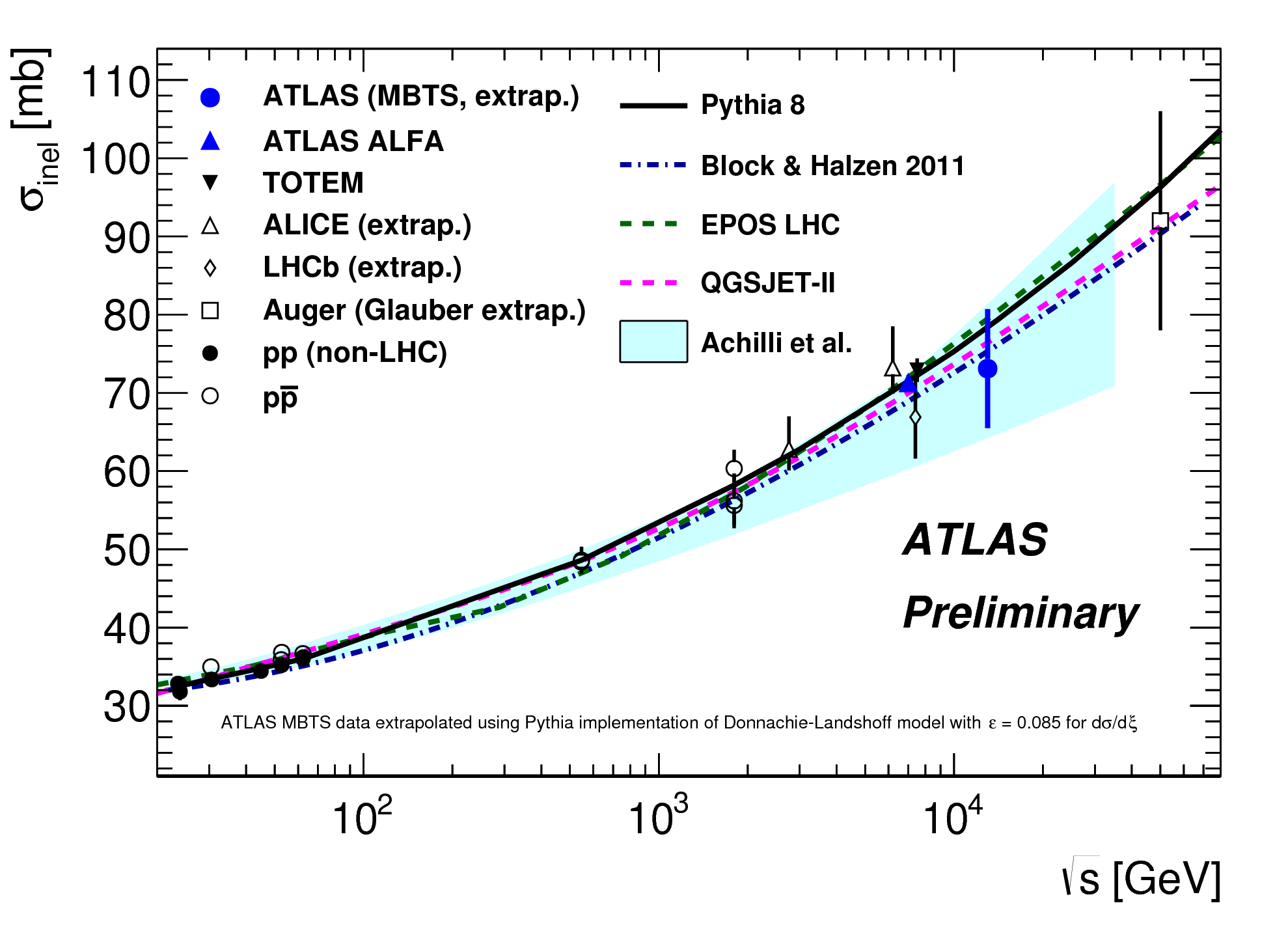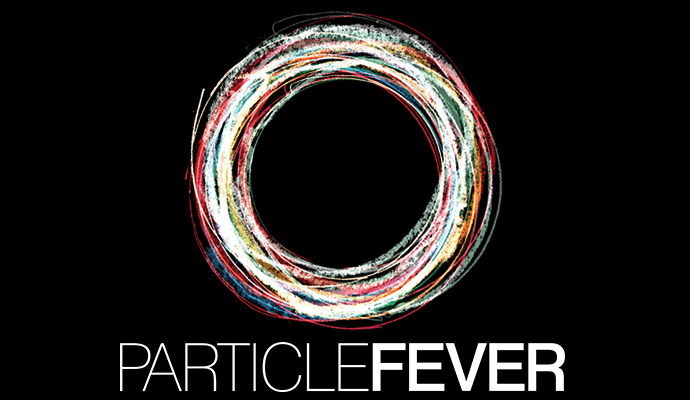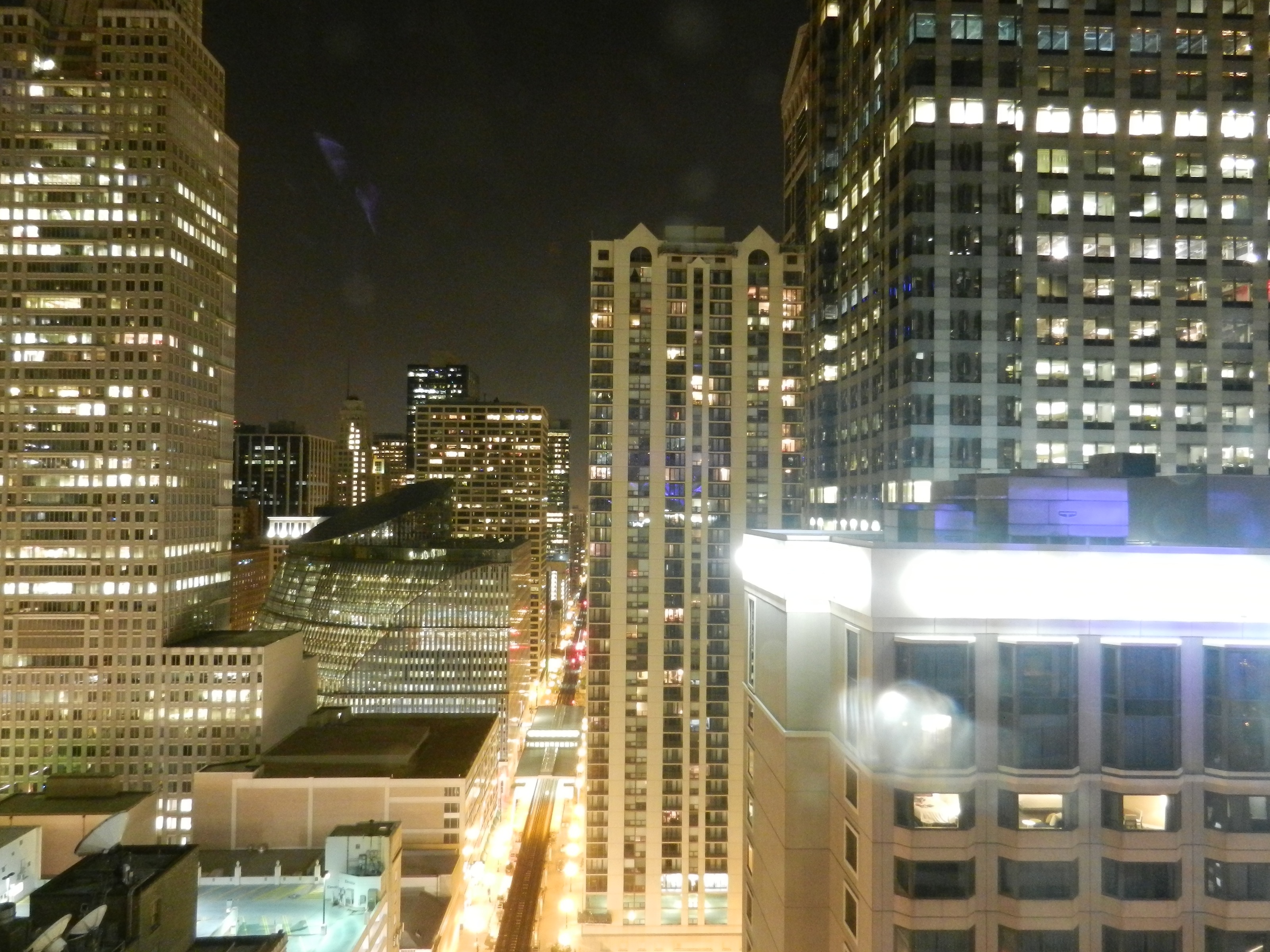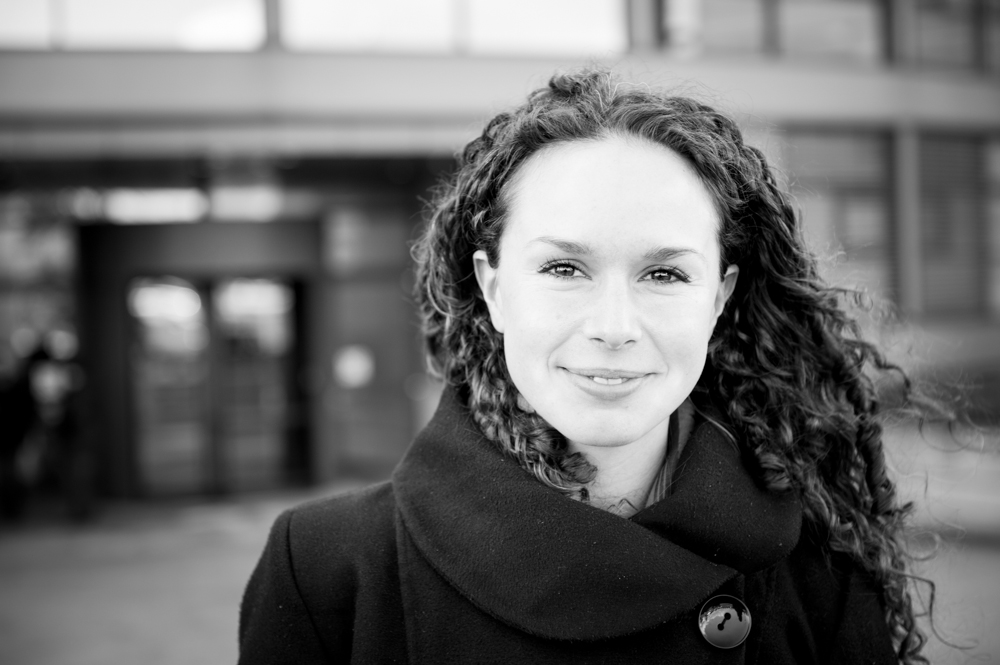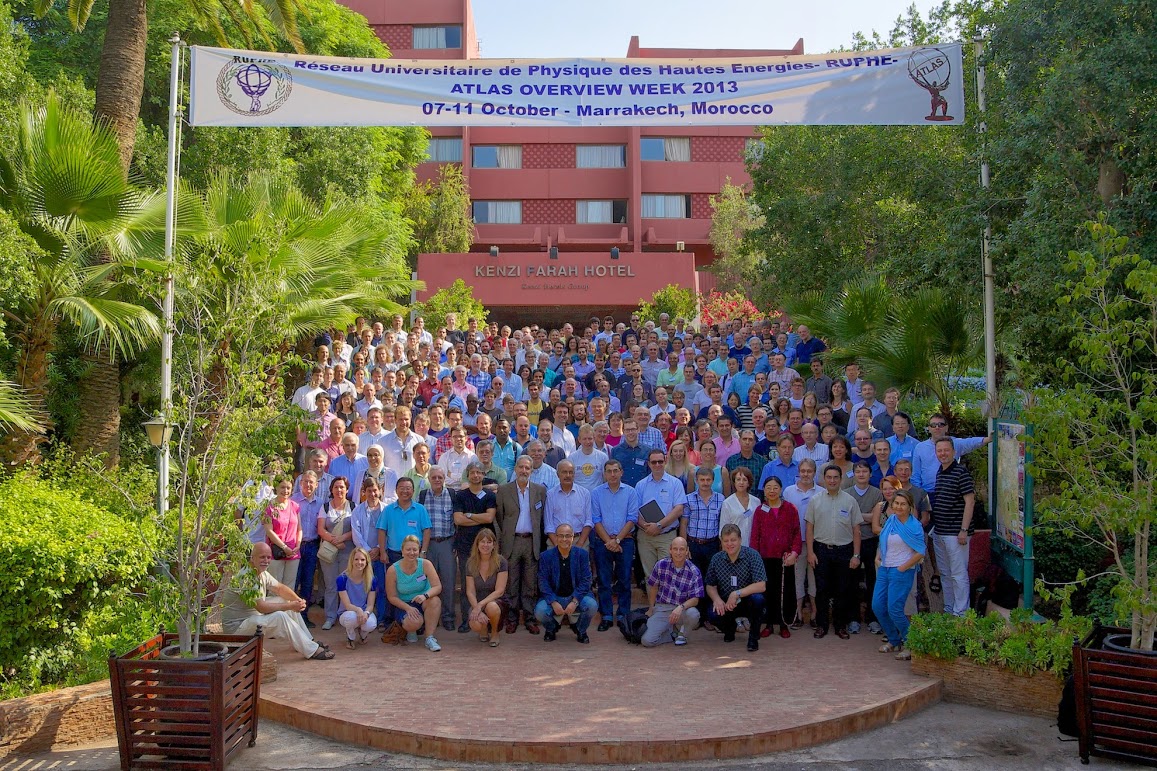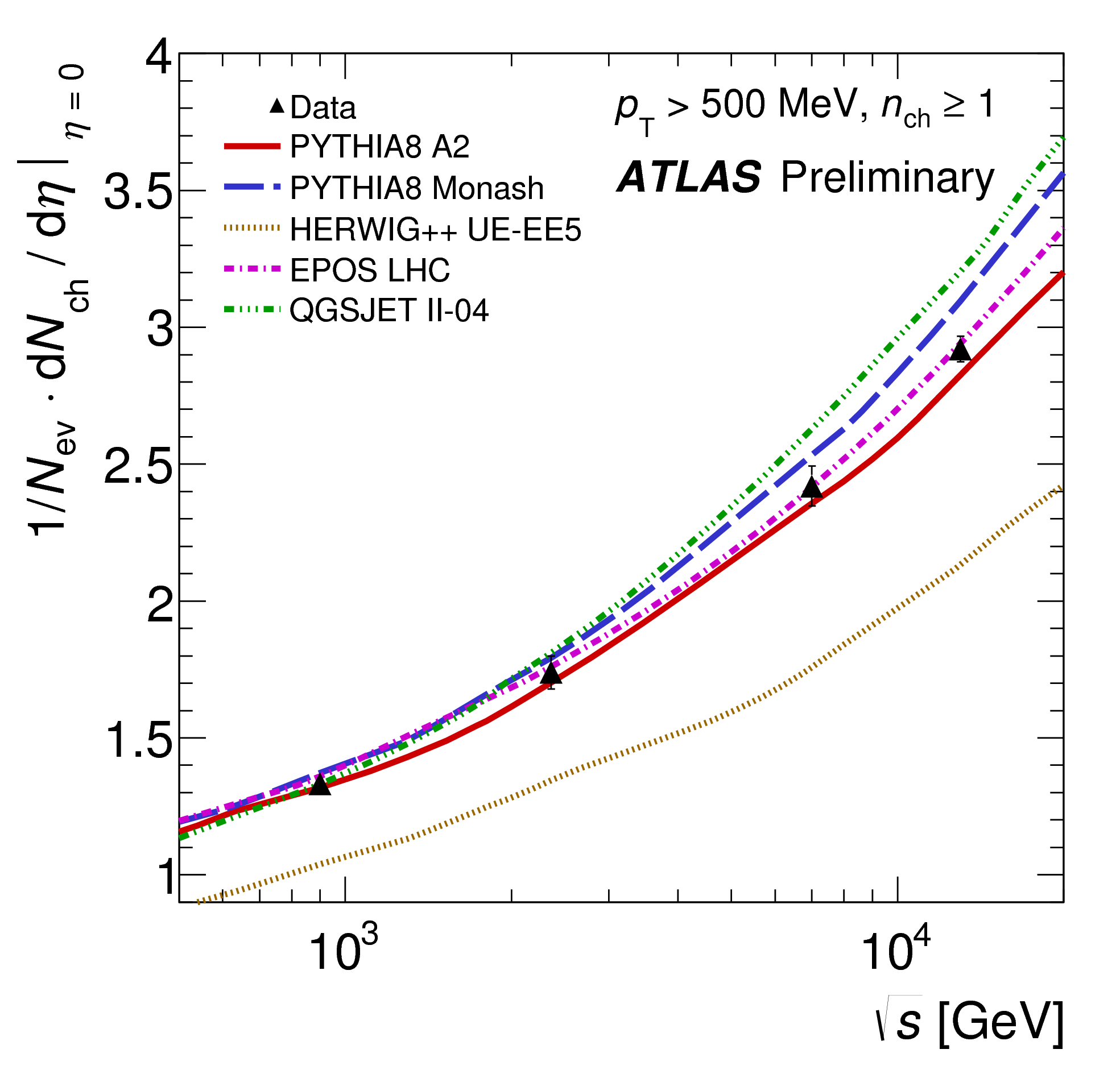ATLAS High Performance Computing Initiative Wins Award
The Chinese Academy of Sciences (CAS) has awarded members of the ATLAS computing community first prize for their novel use of supercomputer infrastructure.
News |
Behind very great results lies great computing
At the ATLAS experiment, masterful computing infrastructure is transforming raw data from the detector into particles for analysis, with a set direction, energy and type.
News |
New ATLAS results presented at Quark Matter 2015
Heavy-ion physics is the study of the hot dense medium created shortly after the Big Bang. Physicists examine this medium in three collision systems: lead-lead, proton-lead and proton-proton collisions.
News |
New insight into the proton-proton ridge
The new results confirm that the ridges in proton-proton, proton-nucleus, and nucleus-nucleus collisions have a similar origin. The results also show that the observed weak dependence on the numbers of charged particles and the centre-of-mass energy should provide strong constraints on the mechanism responsible for producing the ridge in proton-proton, and, maybe, proton-nucleus collisions.
Top 2015: Mass, momentum and the conga
The top quark conference normally follows the same basic structure. The first few days are devoted to reports on the general status of the field and inclusive measurements; non-objectionable stuff that doesn’t cause controversy. The final few days are given over to more focused analyses; the sort of results that professors really enjoy arguing about.
Blog |
ATLAS presents new top physics results
This week, physicists from around the world are gathering at the Top 2015 workshop in Ischia, Italy to discuss the latest measurements of the top quark. As the heaviest known fundamental particle, the top quark plays a special role in the search for "new physics".
News |
TOP 2015: Top quarks come to Italy!
The annual top conference! This year we’re in Ischia, Italy. The hotel is nice, the pool is tropical and heated, but you don’t want to hear about that, you want to hear about the latest news in the Standard Model’s heaviest and coolest particle, the top quark! You won’t be disappointed.
Blog |
Leptons & photons meet dragons, castles and multiverses in Ljubljana
The XXVII edition of this classic conference (Lepton-Photon) brought together more than 200 scientists from around the world in the lovely city of Ljubljana, Slovenia. This year’s edition was a bit special, as it featured poster presentations that gave young researchers (including many ATLAS members) the opportunity to show their work.
Blog |
Shedding new light on the Higgs
Today, at the Large Hadron Collider Physics conference (LHCP2015), the ATLAS and CMS collaborations presented the most precise measurements yet of Higgs boson properties. By combining Run 1 data from both experiments, the new measurements paint a clear picture of how the Higgs boson is produced, decays, and interacts with other particles.
Lepton Photon 2015: Into the dragon’s lair
This was my first time in Ljubljana, the capital city of Slovenia – a nation rich with forests and lakes, and the only country that connects the Alps, the Mediterranean and the Pannonian Plain. The slight rain was not an ideal welcome, but knowing that such an important conference that was to be held there – together with a beautiful evening stroll – relaxed my mind.
Blog |
Lepton Photon 2015
This was my first time in Ljubljana, the capital city of Slovenia – a nation rich with forests and lakes, and the only country that connects the Alps, the Mediterranean and the Pannonian Plain. The slight rain was not an ideal welcome, but knowing that such an important conference that was to be held there - together with a beautiful evening stroll - relaxed my mind.
Blog |
Getting ready for the next discovery
I’m just on my way back home after a great week spent in Ljubljana where I joined (and enjoyed!) the XXVII edition of the Lepton-Photon conference. During the Lepton-Photon conference many topics were discussed, including particle physics at colliders, neutrino physics, astroparticle physics as well as cosmology.
Blog |
Devouring dark matter theories
Most of the matter in the universe is made not of stuff we understand, but of invisible “dark matter” particles. We have yet to observe these mysterious particles on Earth, presumably because they interact so weakly with normal matter. The high energy collisions in the Large Hadron Collider provide our best current hope of making dark matter particles, and thus giving us a better understanding what most of the universe is made of.
Probing inside the proton
W and Z bosons are the massive carriers of the weak force, responsible for radioactive decays. These bosons also couple closely to the Higgs boson. W and Z bosons are produced at a large rate in proton-proton collisions at the LHC, where ATLAS physicists have now measured the rates for W and Z boson production using 13 TeV proton-proton collisions
Measuring the way protons interact at 13 TeV
One of the most basic quantities in particle physics, the rate at which protons scatter off of one another (the cross section), cannot be calculated from the theory of strong interactions, quantum chromodynamics. It must instead be measured, and those measurements can then be used to tune the numerical models of LHC proton–proton collisions.
BOOST outreach and Particle Fever
Conferences like BOOST are designed to bring physicists to think about the latest results in the field. When you put 100 experts from around the world together into a room for a week, you get a fantastic picture of the state of the art in searches for new physics and measurements of the Standard Model.
Blog |
A boost for the next discovery
I arrived in Chicago for my first conference after the first long LHC shutdown, where new results from the two big experiments ATLAS and CMS were to be shown. Before the beginning of the conference on Monday, I had one day to fight against jetlag and see the city – certainly not enough time to see everything!
Blog |
ATLAS ready to “boost” Run 2 physics
A new set of techniques is being used to identify highly energetic top quarks, W and Z bosons, and Higgs bosons decaying to quarks and, ultimately, to hadrons measured in ATLAS. Signatures of these “boosted” Standard Model particles are particularly useful when searching for massive new particles and measuring processes at high energies.
Boost and never look back
When I arrived in Chicago this last Sunday for the BOOST conference I had a pretty good idea what new results we were going to show from ATLAS. I also had some rough ideas of what our friends from the other experiments and theory groups would be up to. What I didn’t expect was to see an ad that would fit the conference so nicely!
Blog |
Q&A with EPS Outreach Award-Winner Kate Shaw
ATLAS Outreach Co-coordinator Kate Shaw has been awarded the 2015 European Physical Society (EPS) Outreach prize "for her contributions to the International Masterclasses and for her pioneering role in bringing them to countries with no strong tradition in particle physics".
News |
New neighbour for ATLAS Tilecal prototypes
There's a new resident in ATLAS' Tile Hadronic Calorimeter (Tilecal) development laboratory: the last surviving UA2 central calorimeter module. After years at CERN's Microcosm exhibition, the module has found a new home next to prototype ATLAS Tilecals. Side-by-side, they illustrate the progress in sampling organic scintillator calorimeters over the past 35 years.
News |
A summer evening in the ATLAS control room
The sun has already set over Geneva when I finally walk out from the ATLAS control room. We have been waiting for beams to be injected into the machine since the early hours of the afternoon, but without much success so far. Just a regular day for the most ambitious particle accelerator mankind has ever built, but a pretty boring afternoon for our entire shift crew.
Blog |
From ATLAS Around the World: Brief history of Morocco in ATLAS
In 1996, Morocco officially became a member of the ATLAS collaboration. The eagerly awaited day had finally arrived, and the first Arabic and African country signed a collaborative agreement with CERN to participate in the great scientific adventure of particle physics.
Blog |
Physics and performance with 13 TeV proton collisions
After a shutdown of more than two years, Run 2 of the Large Hadron Collider (LHC) has restarted with proton–proton collisions at a centre-of-mass energy of 13 TeV. This new phase will allow the LHC experiments to explore nature and probe the physical laws governing it at scales never reached before.
News |
Top quarks in Run 2 are spot on
With a precision of just under 14% − currently dominated by our ability to understand how many proton-proton collisions have occurred at ATLAS (i.e. luminosity) − this measurement is able to confirm that quantum chromodynamics, the theory of the strong interaction, still seems to be going strong!

